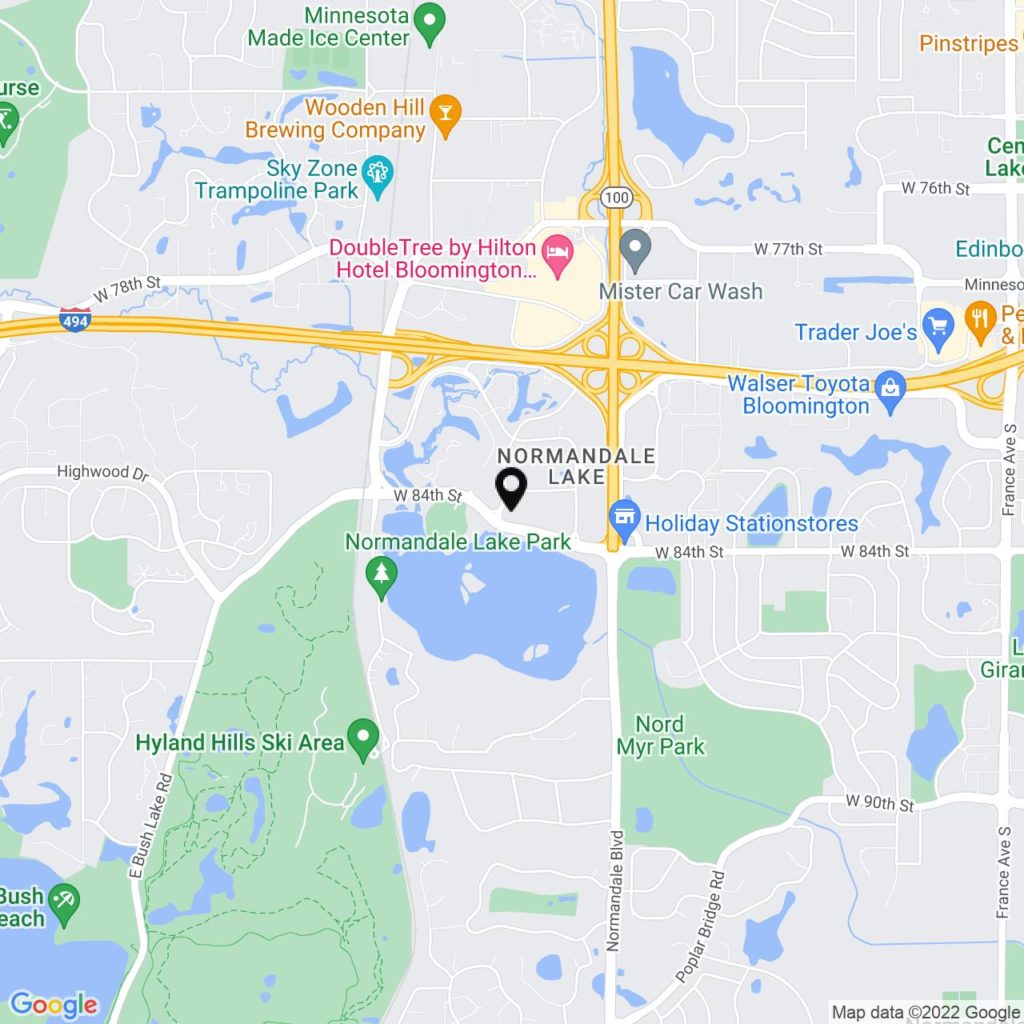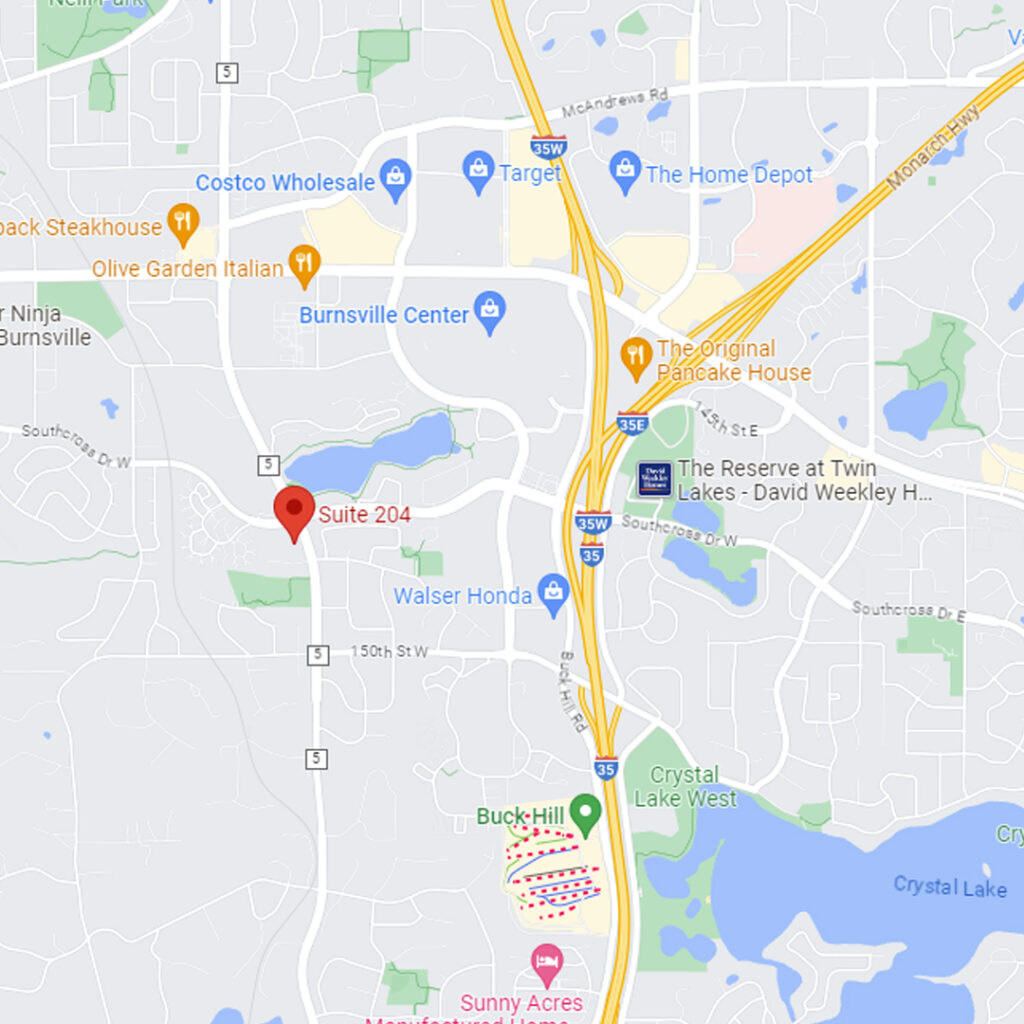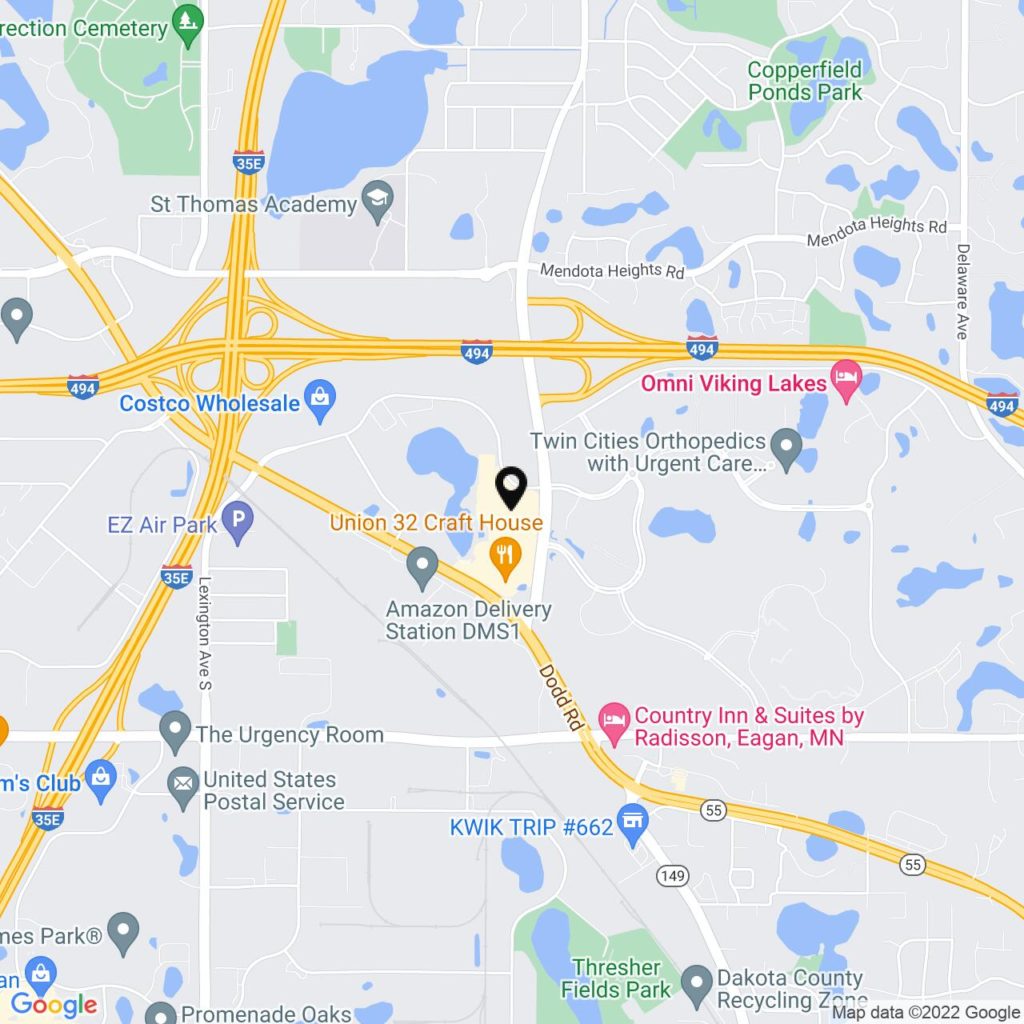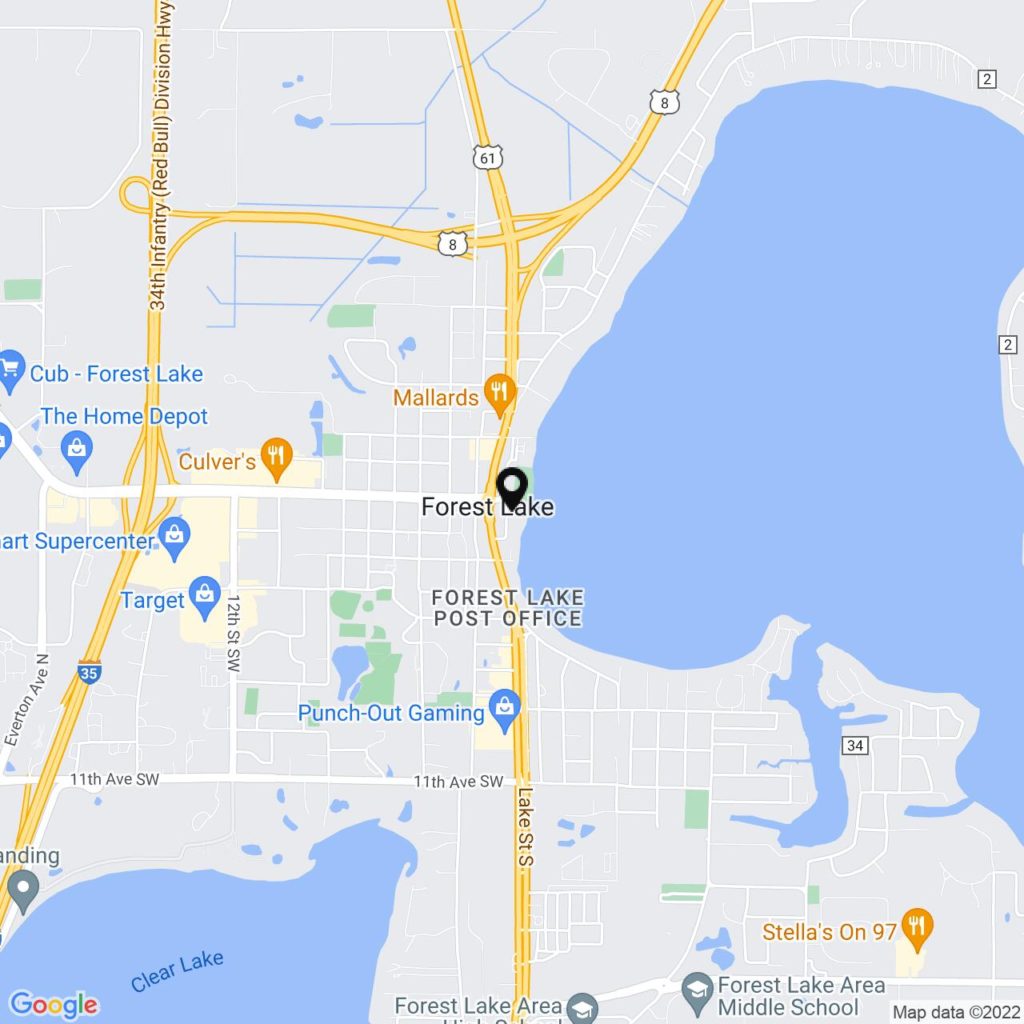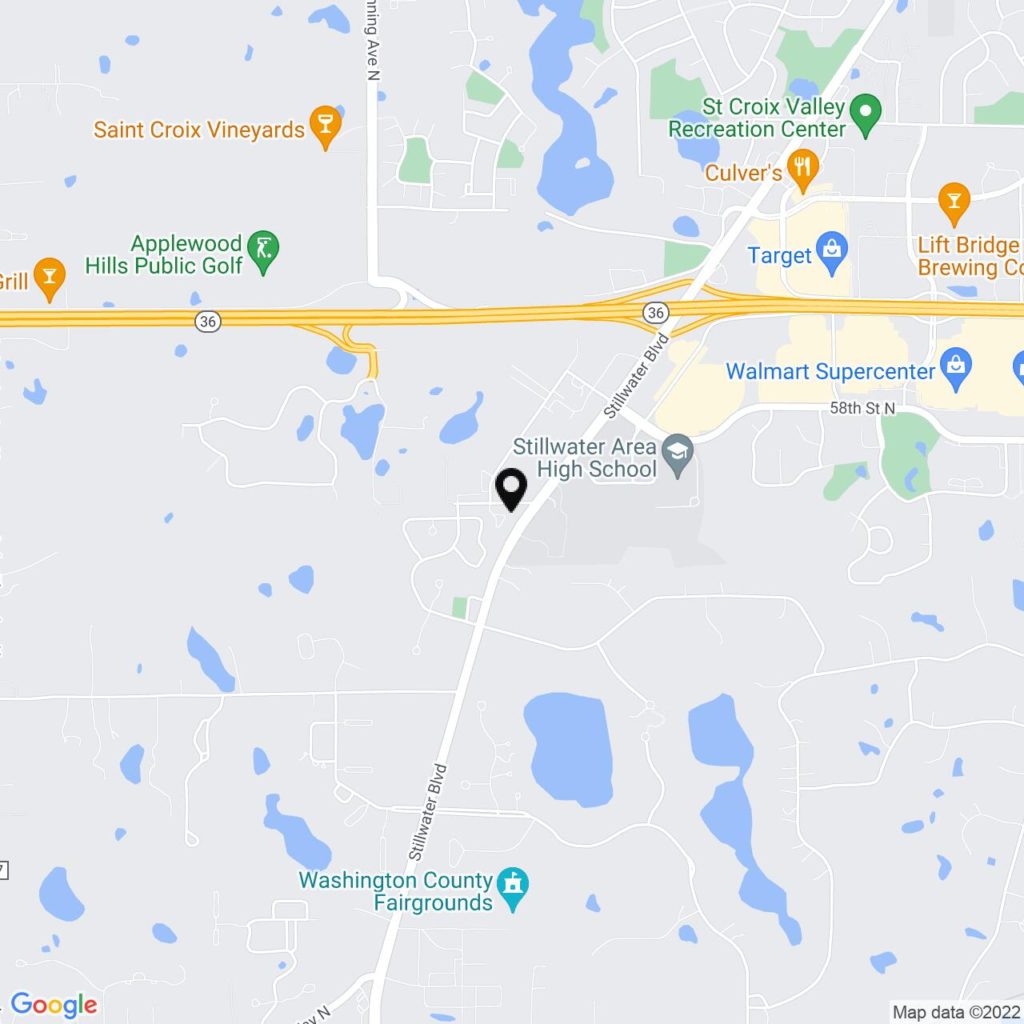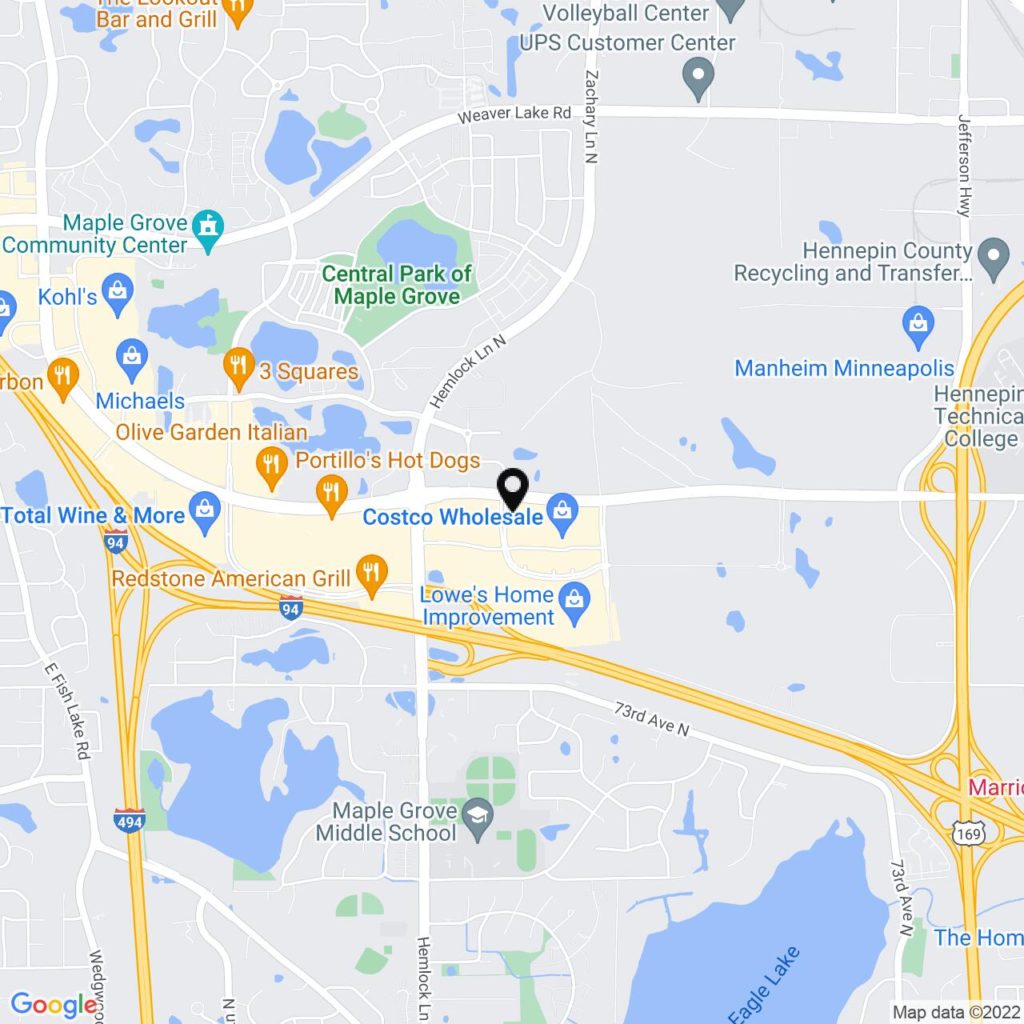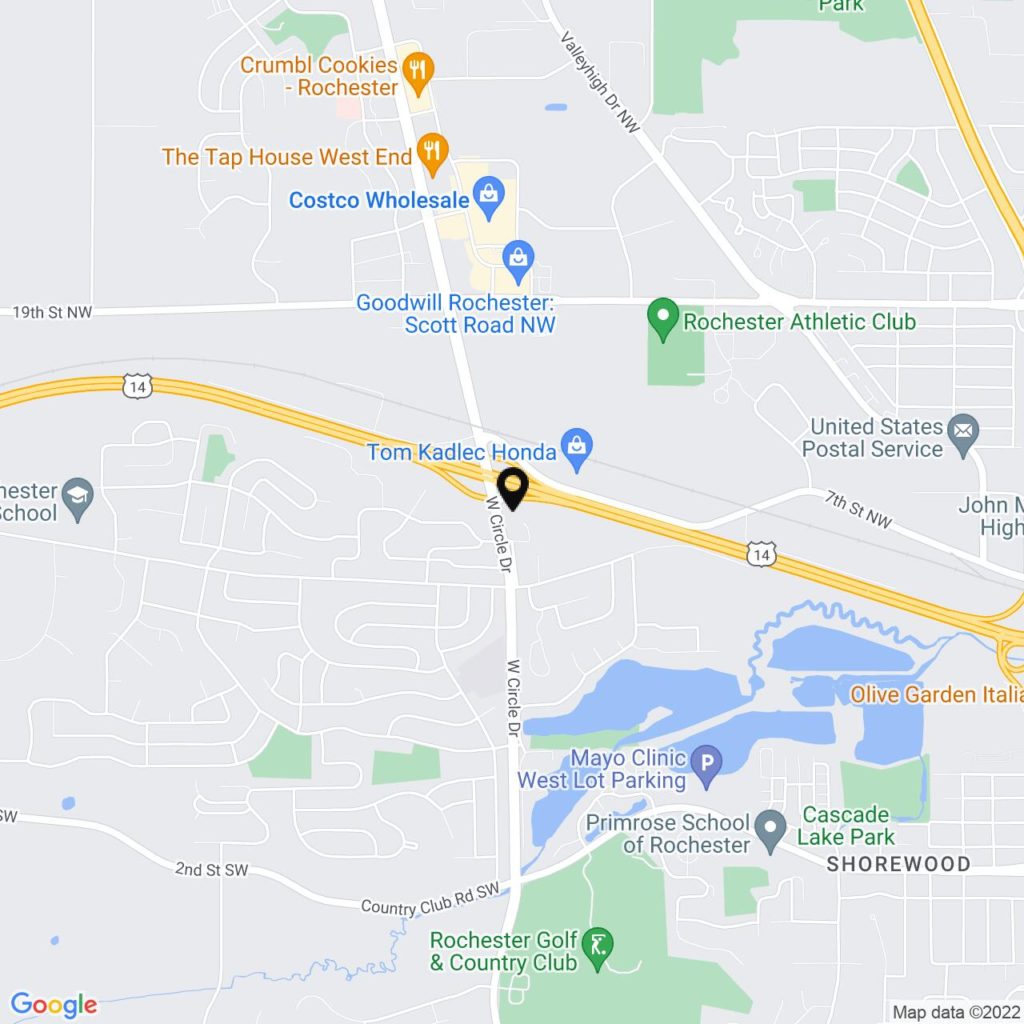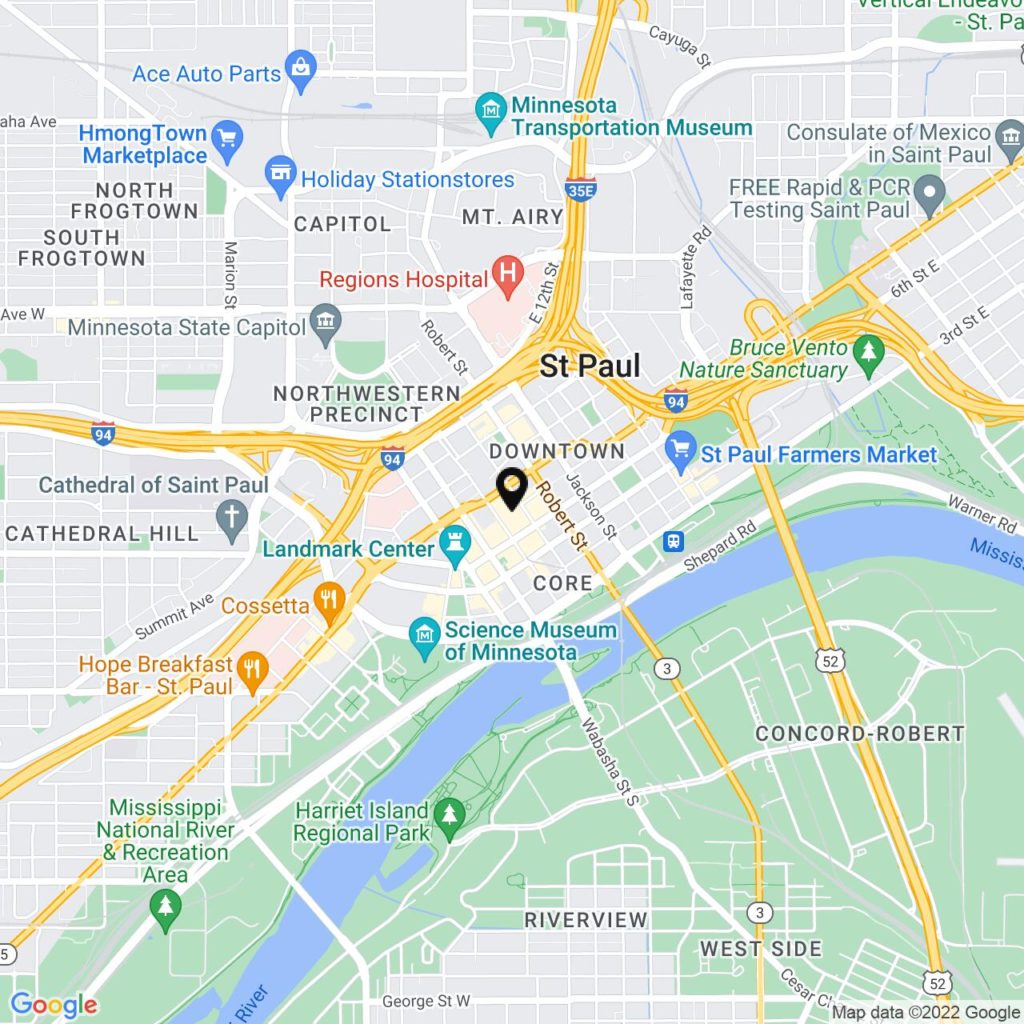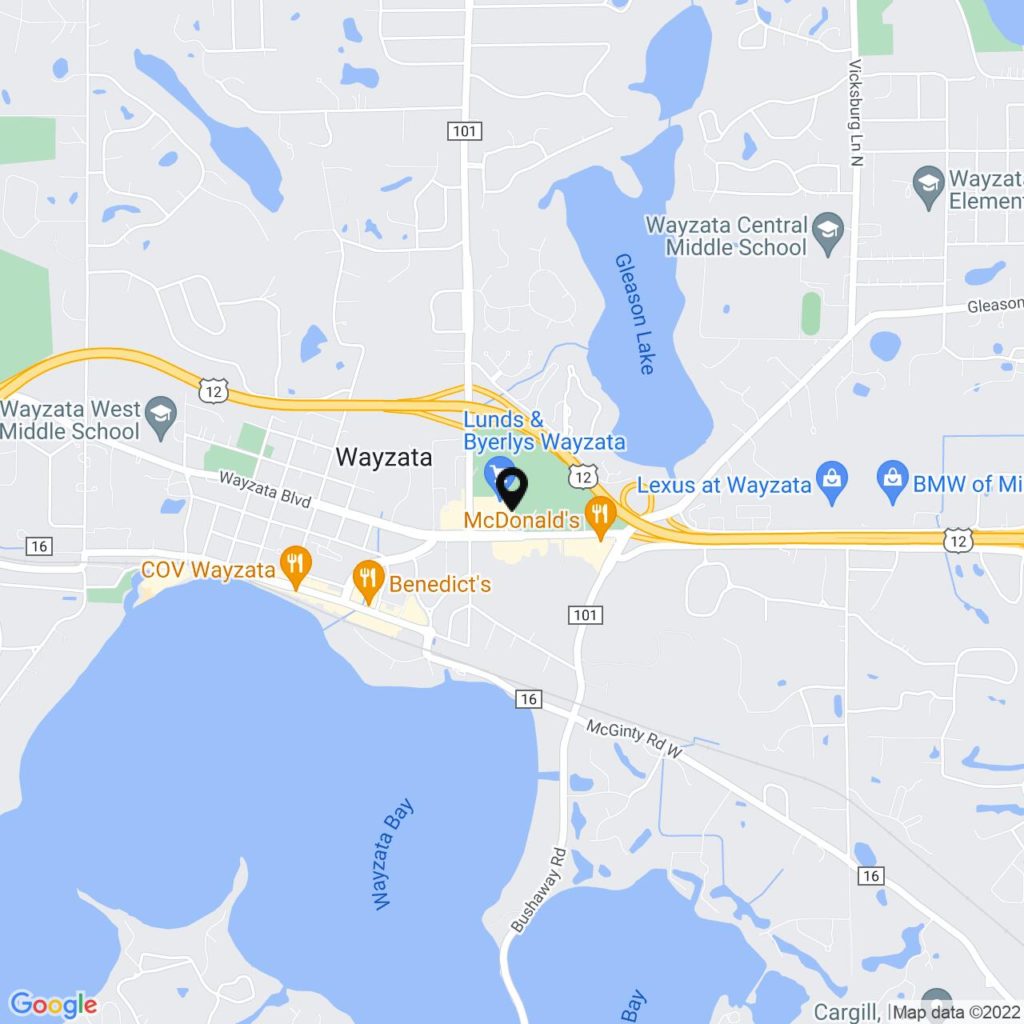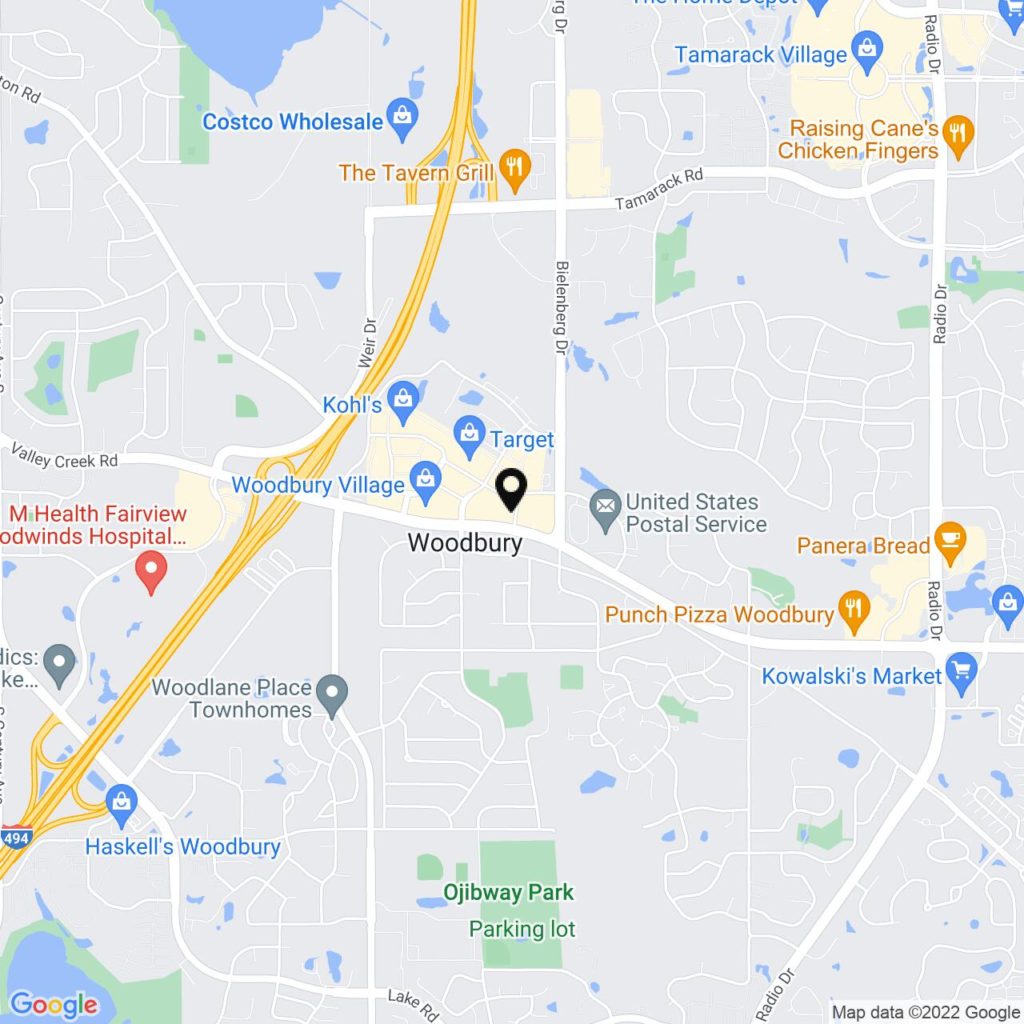When you live in a community, fostering good neighborly relationships is vital. Often, these bonds involve more than casual chats; they might include sharing a section of your land through an easement. Making the choice to grant an easement to a neighbor is a decision that carries long-term consequences. Here’s an insight into what this entails:
Exploring Easement Types: A Detailed Look
An easement grants legal permission for someone else to use part of your property for a specific purpose. We typically see two main types:
- Easement Appurtenant: This easement attaches to the land. If either you or your neighbor decides to sell, this easement still applies. Imagine allowing your neighbor to use part of your land for a driveway, for instance.
- Easement in Gross: This type is specific to an individual. It could permit activities like fishing on your property or grazing cattle.
Ensuring Legal Clarity: The Importance of Documentation
No matter the easement type, formal documentation and recording with the local county are essential. This step is crucial to prevent future disputes and misunderstandings.
Key Considerations Before Granting a Neighbor an Easement
Before you agree to an easement, especially an easement appurtenant, consider its impact on your property’s future marketability. Prospective buyers might hesitate to purchase land with shared sections. Sometimes, selling the needed land to your neighbor is a more practical solution. Additionally, it’s common to receive compensation when granting an easement.
Professional Guidance: Navigating Easement Complexities
Dealing with property rights and easements can be complex. At Johnson/Turner, our expertise in real estate law can guide you through these decisions. For informed guidance balancing your property rights with maintaining good neighborly relations, contact us today for a consultation.
















